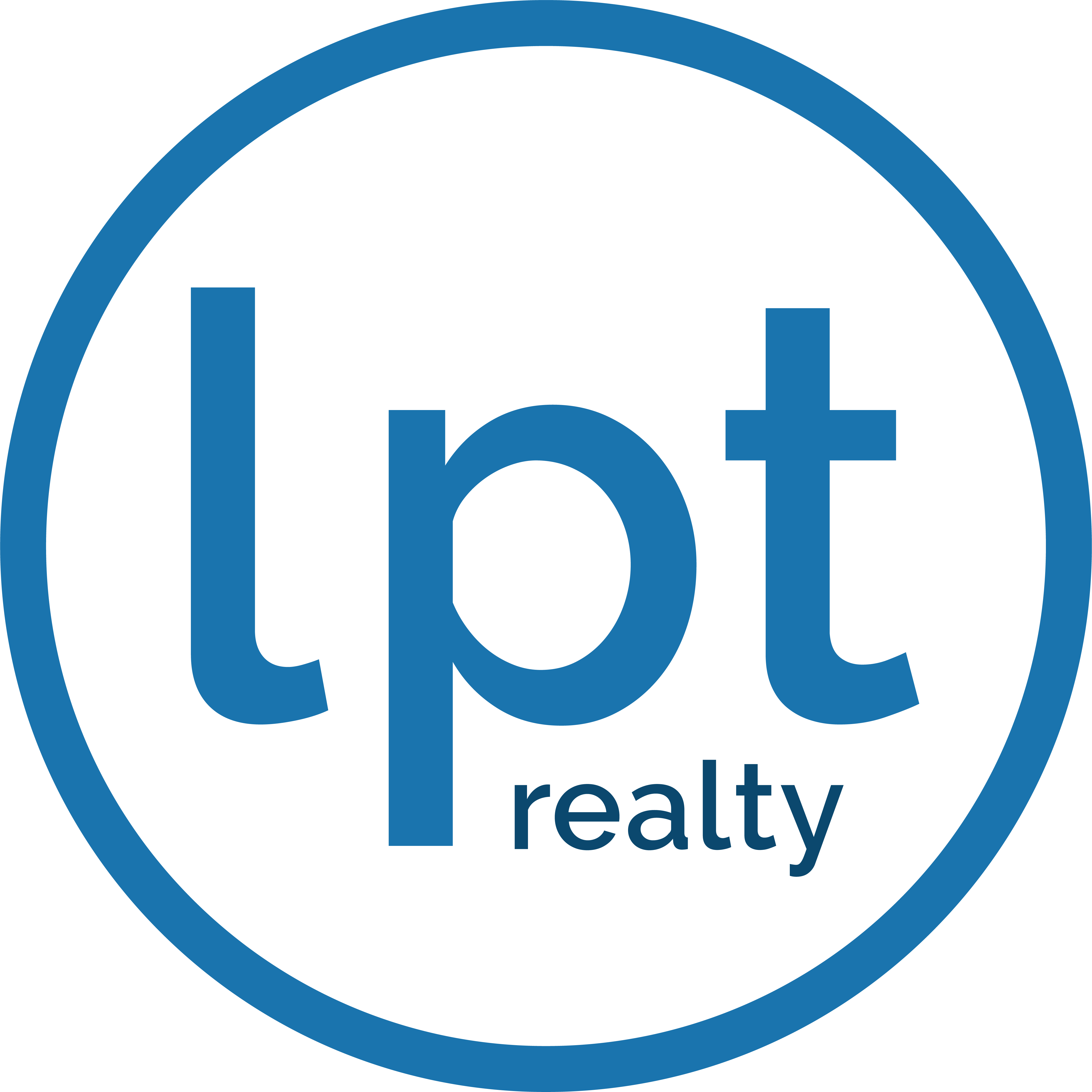Understanding Your Mortgage Options


Understanding Your Mortgage Options
Buying or selling a property can be an overwhelming process, especially when it comes to understanding the various mortgage options available. Whether you are a buyer or a seller, having a clear understanding of these options can help you make informed decisions and navigate the real estate market with confidence. In this blog, we will discuss various mortgage options that buyers and sellers should be aware of, providing valuable insights into the world of real estate financing.
For Buyers:
When it comes to purchasing a home, securing the right mortgage is crucial. Here are some common mortgage options available to buyers:
1. Conventional Mortgage: This is the most traditional type of mortgage loan, offered by banks, credit unions, and other financial institutions. It generally requires a down payment of at least 20% of the purchase price, and the interest rate may vary based on your creditworthiness.
2. FHA Loan: Backed by the Federal Housing Administration (FHA), this type of mortgage is designed to help first-time buyers who may not have a large down payment or perfect credit. FHA loans typically require a down payment as low as 3.5% and have more flexible qualification criteria.
3. VA Loan: Exclusively available to veterans, active-duty military personnel, and their families, VA loans often provide competitive interest rates and require no down payment. These loans are guaranteed by the Department of Veterans Affairs, making them an excellent option for eligible individuals.
4. USDA Loan: This type of loan is designed to help buyers in rural areas. Backed by the United States Department of Agriculture (USDA), USDA loans offer low-interest rates and often require no down payment.
For Sellers:
Understanding mortgage options is not only important for buyers but also for sellers who may be involved in mortgage-related negotiations. Here are a few key points for sellers to consider:
1. Mortgage Assumption: If your mortgage has favorable terms, you may have the option to allow the buyer to assume your mortgage. This enables the buyer to take over the existing mortgage rather than securing a new one. However, it is essential to consult with your lender to determine if this is possible and if any fees or qualifications apply.
2. Seller Financing: In some cases, sellers may be willing to act as the lender and finance the purchase themselves. This can be an attractive option for buyers who may not qualify for traditional financing. However, it is crucial to have a clear agreement in place to protect both parties' interests.
3. Prepayment Penalties: As a seller, it is important to review your mortgage terms to determine if there are any prepayment penalties. These penalties can significantly impact your finances if you decide to pay off your mortgage early to sell the property.
Understanding mortgage options is essential for buyers and sellers alike. While this blog provides a general overview, it is always recommended to consult with a mortgage professional to determine the best option for your specific situation.
In conclusion, navigating the world of real estate financing doesn't have to be daunting. By understanding your mortgage options as both a buyer and a seller, you can make informed decisions that align with your financial goals. Whether you are considering buying or selling a property, taking the time to educate yourself about the available mortgage options can help you secure the best deal and achieve a successful real estate transaction.
Categories
Recent Posts











"Molly's job is to find and attract mastery-based agents to the office, protect the culture, and make sure everyone is happy! "
